By Shikha Pandey/newsin.asia
Chinese society witnessed a major change after the Cultural Revolution and several other social reforms. These have uprooted old thinking, old customs and long standing social and cultural practices in Chinese society. But they have also uplifted the lifestyle of millions of Chinese.
From being a bankrupt nation China has become the world’s second-largest economy..From riding bicycles, the Chinese are now into luxurious cars. From being a closed society, it is now opening its doors to the world to exchange ideas. Growth has led to a balancing Chinese society, enhancing the status of women particularly.
Religion
Do the Chinese follow any religion?Is religion a part of their social life? Do they pray? Do they have any religious practices? These questions are not easy to answer in one go. Unlike other nations, 90% of the Chinese population claims to be atheist or non-religious. But one should note that the 90% belong to the Han population of China. Ancient Chinese philosophers Laozi and Confucius(孔子) introduced Taosim (道家) and Confucianism (儒家), the two most important religions in the country. Both these religions greatly influenced social life. In the 21stcentuary, Taoism has a strong presence in Hong Kong, Macau, and Southeast Asia.
Years later, Buddhism was introduced to China from India some 2000 years ago .And within a very small time, Buddhism influenced a large part of Chinese society. The believers of Buddhism were Han Chinese residing in the eastern part of China. Slowly it spread to the western part of China i.e Tibet. Buddhism still has deep roots in China. Many Buddhist temples, Buddha rock carvings and Buddhist monks exist. The Han Chinese often visit Buddhist temples, pray for the well-being of their family and ancestors, make offerings and so on. But this doesn’t mean that they are religious.
The other important religion in China is Islam which was introduced to China by the Arabs more than 1300 years ago. The followers of Islam live in the northwest part of China in the province of Xinjiang, Ningxia, Gansu and Qinghai. These Islamic Chinese communities, also known as the Hui ethnic group, are strict Muslims. Like other Muslims in the world, they go to mosques, fast during Ramadan, and avoid eating things which are prohibited in Islam.
Due to multiple foreign interventions in China during 18th-19th century, Christianity began to spread its roots and gave rise to a Christian community in China. Today, there are many famous Churches which can be seen in many parts of the country.
Apart from these, there are many ethnic minorities who have their own religious beliefs, customs and traditions, making China a multi-religious and multi-ethnic country.
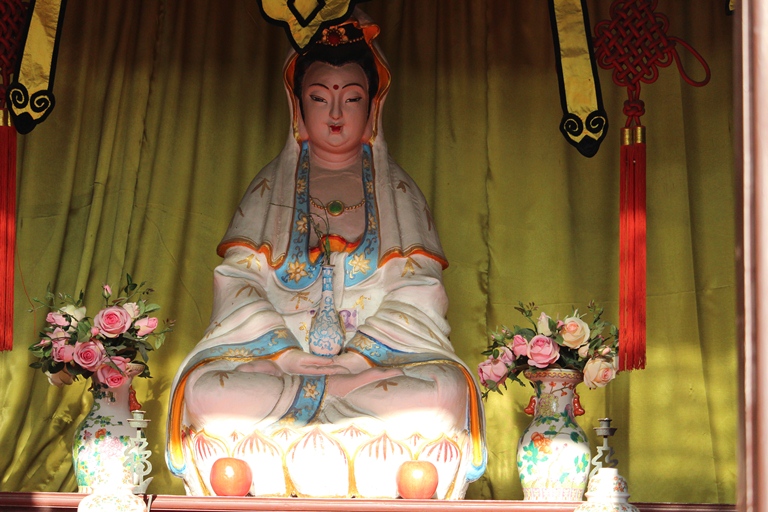
Relationships
In modern Chinese society, the approach towards relationships is very open and flexible. Unlike many other conservative Asian countries, China has taken a step ahead after the Cultural Revolution, setting itself free from the old conservative order and accepting the open social relationships. It is not at all surprising to see young Chinese couples dating each other without any restriction of ethnicity, religion, customs, habits etc. Unlike India, where one could still face many restrictions from society, religion, caste, etc., China had overcome such social barriers long ago. Young Chinese are free to choose their life partners not only from mainland China but also globally.
Some of the ethnic groups (e.g. Huis) might have their own rules which don’t allow them to marry outside their community but by Chinese law, people are free to mingle and marry across ethnic groups.
Marriages take place both in the traditional and western style. Chinese follow certain marriage customs and rituals like the bridegroom’s family offering money to the bride’s family, sending gifts etc. There is a marriage custom which is now trending in China that is, if a boy wants to marry, he should have his own apartment and a car before he asks for a girl’s hand. This has become a very important social customs, though there is no law which makes this compulsory.
The Chinese spend a lot of money on weddings. After marriage, girls enjoy freedom of speech, decision making, work, travel etc.
The Chinese have managed to bring about a balance between the husband and the wife Both make an equal contribution to the family. If a wife is not comfortable staying with the husband’s parents, they can shift to some other place not far from the in-law’s place, so that they maintain a cordial relationship.
Household work is shared equally in most families. If the wife cooks, ,the husband cleans up the kitchen and washes the plates. Similarly, the responsibility towards children is equally shared by the parents. Most of the families are raising a single child due to the birth control policy which was introduced in China back in 1980’s. Later, in 2015, this policy was revised and families are now allowed to have two children.
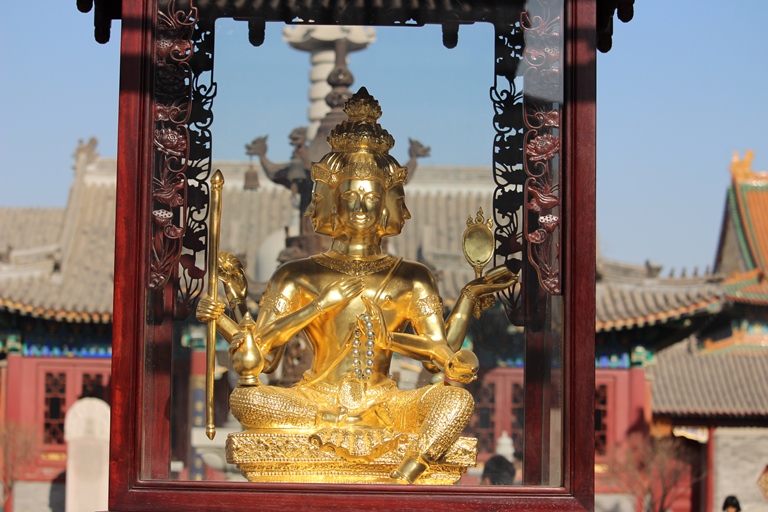
But due to the increasing load on parents and expensive education, most of the families can afford to raise only one child. Very rarely does one come across families having more than two children. The stress and burden of bringing up a child are increasing day by day due to the competitive environment Chinese parents are facing because of over population. Every parent’s expectation from their child is high and since childhood they try to give their children the best educational facilities, make them learn extra skills like music, dance, singing etc., which are equally stressful for the children.
But the love and affection towards family members is intact. They still follow the teachings of Confucius and show deep respect towards family. This way harmony is maintained in a family and relationships hold together.
Women’s Empowerment
The only term which can define Women’s Empowerment in China is “女汉子” (masculine woman). In recent years, this term has gained popularity. Chinese women have become the representative face of developing China. Once upon a time, the status of a Chinese woman was similar to any other Asian woman. They were ill-treated, despised, not allowed to take higher education or to work outside the home. But in the past few decades, the world has witnessed a major change in the status of Chinese women.
Things got much better after the Cultural Revolution and other social reforms. With the new vision of Chairman Mao Zedong Chinese women were encouraged on a large scale. They got better education and took up employment in various sectors along with the men. Today, we can see a totally different Chinese woman. They are well educated, independent, self- confident, holding high jobs or are self-employed. They enjoy freedom and equality in society.
All this has made them domineering. It is not uncommon to see a Chinese boy/husband holding his girlfriend’s/wife’s hand bag while walking together on the street or in any shopping area. Be it a cab driver or CEO of any Chinese company, women have made their presence in each and every job sector which is one of the factors boosting the Chinese economy.
Well-known Chinese businessman Jack Ma had once said: “ If you want a successful business, hire as many women as possible”. This shows that China is progressing because its women are progressing.
However, one should also keep in mind that “with greater power comes greater responsibility”. Women work at home as well as offices. Even after the equality in the status of men and women, the traditional culture of China still regards men as superior to women. Women sometimes face tough competition in male-dominated Chinese society. They might not be liked by males jealous of their achievements and successes. Due to equal work opportunities for men and women in Chinese society, Chinese women prefer working outside rather than playing the role of full-time housewives.
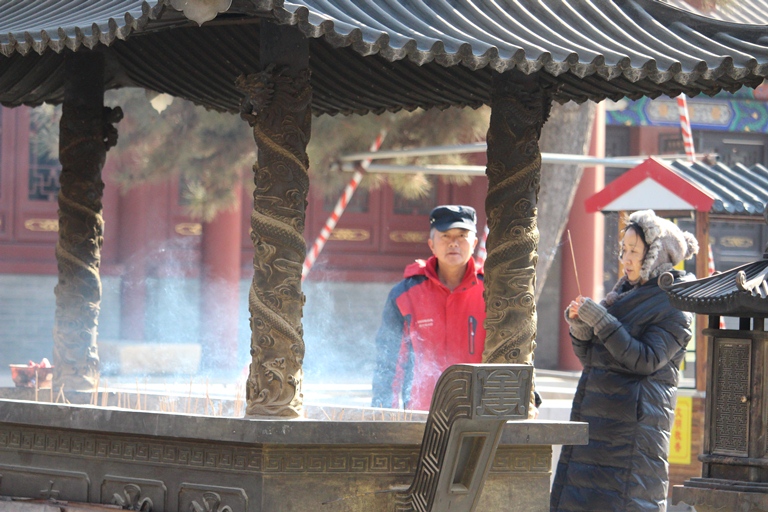
Many of them hold good posts and earn more as compared to their husbands. This is making many Chinese husbands lazy. They prefer staying at home and looking after the family. They completely depending on their wives income to run the house.
Another problem is the increasing number of divorces in Chinese society. Independent and confident Chinese women do not believe in compromising with their partners when it comes to their career. Most of them prefer to be a single mother or remain unmarried. Chinese women save hard ,which helps them face patriarchal challengs.
Social Interaction
When it comes to interaction, Chinese are very warm and enthusiastic. The pattern of day to day interaction in Chinese society reflects the importance of personal relationship and extending to one’s guanxi (relations). Unlike in American and Europe, where social interaction takes place in small groups, in China it is the opposite. People like to hang-out with family and friends in large groups during vacations. They often go out for office dinner parties or any get togethers. They enjoy talking and laughing together when they are close with people around them. One would often come across a group of Chinese dining together and talking loudly at the dinner table. Sometimes they sound as if they are quareling but in reality they are enjoying themselves.
Chinese are equally warm with their foreign friends. They like making foreign friends and take good care of them. Foreigners too enjoy their company and become a part of the local community.
Chinese youths, who like going to KTVs, clubs and pubs, the older generation likes to spend time with family and friends, singing and dining together. They are often seen in groups, playing Chinese chess along the road side, playing music on Chinese musical instruments and dancing in public gardens. Group of grannies dance together in very gentle steps also known and guangchangwu (public square dance).
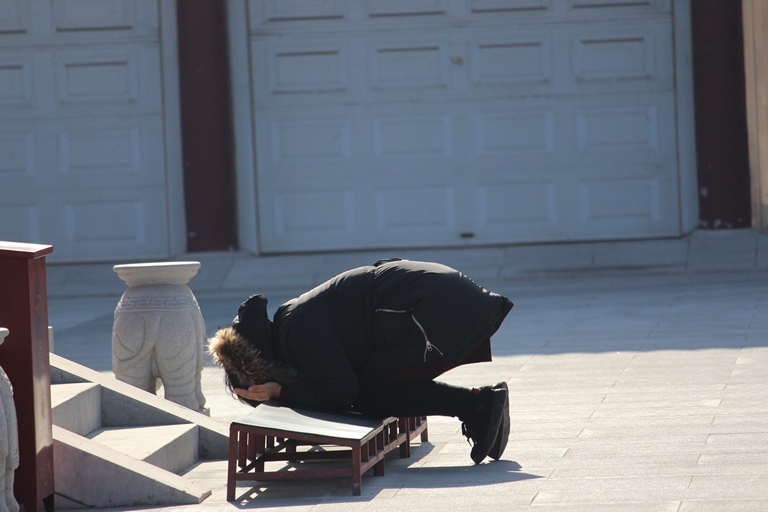
But with the advancement in technology, social interaction is now taking place in a digital way among the young generation. Due to the busy working life, taking out time for family and friends on daily basis is difficult. People get connected with each other through various social networking options such as WCchat and Weibo. Thus, social intercourse is more distant and digital than close and personal.
Language
China is a multilingual nation. China’s official and national language Mandarin has become one of the widely spoken languages of the world after English. China is home to 56 different ethnic groups, and each of them carries its own identity in the form of language and attire. Hence, apart from speaking Mandarin, they also have their own dialects which they use for daily communication in their local community.
Mandarin belongs to China’s largest ethnic group known as “Han” residing in the north east part of China. The Chinese term for Mandarin is Hanyu. Mandarin is spoken and understood by all the mainland people and also Taiwan. Along with that they can also read and write the standard simplified Chinese script popularly known as “Hanzi”. Most of these Chinese dialects do not have any specific writing script. They use Chinese characters. Pronunciation differs from the standard Mandarin. The diversity in dialects is mainly seen in the southern part of China which is a home to several minor ethnic groups.
Cantonese is mainly spoken in south east China in Guangdong, Hong kong and Macau. They still use traditional Chinese script. It is very much possible that a northern Chinese might not be able to understand the local dialect of a southern Chinese.
The Chinese people are united by Mandarin which in Chinese is also known as Putonghua means “common language”. This common language has bonded the common people of China together for ages. It has cut down the communication gap and has brought the multilingual Chinese society closer to each other. Not only inside China but Mandarin has set its foot globally and in the past decade, it has been successful in bonding the whole world with China. Today, about 1.2 billion people (16% of the world’s population) can speak Chinese. It has attracted many foreigners who have grasped the beauty of this language so well that sometimes they sound like native Chinese when they speak.
In order to further promote Chinese language and culture globally, the Confucius Institutes, a non-profit public educational organization, named after the well-known Chinese Philosopher Confucius (551-479 BC) have played a vital role.

Clothing
In ancient Chinese society, clothing used to reflect one’s status in society and social class. Because of the conservative society, women used to wear fully covered clothes without exposing any body parts. Men also used to follow a similar style. With the establishment of the Peoples’ Republic of China (PRC), Mao Zedong introduced his own dress, the Zhongshan suit or Mao suit, which was adopted by Chinese men of that time. Women used to wear Cheongsam, a popular standard female dress. At the same time, old practices such as foot binding, which had been viewed as backward by both the Chinese and Westerners, were forbidden.
After undergoing the “Destruction of the Four Old” phase back in 1964 and westernizing China, Chinese society has adopted many western customs and habits. Dressing is one area, which has seen radical change. Chinese women are free to follow their own clothing style, which, in the ancient Chinese society was not accepted. In big cities, one can come across branded clothing stores, as many international brands have entered into Chinese market. Young Chinese love to shop. They carry themselves very well dressed in the latest style.
But China is a land of 56 ethnic groups, not every ethnic group has accepted the latest fashion and trends in clothing for everyday life. There are many ethnic groups which have stuck to their traditional clothing. The way they dress up indicate the tribe or ethnic group they belong too. Each tribe has its unique attire and jewelry. The Han ethnic group would occasionally show up wearing its ethnic clothes during festivals, weddings or at a get- together.
Diet
China is also well known for its food and beverages worldwide. It is generally believed that in North China people eat noodles and in the south rice. But if one has travelled in China and has tasted Chinese cuisine then certainly China is not at all limited to its noodles and rice. The varieties in Chinese meals are infinite. Each province has something new to offer.

Basically Chinese cuisine is divided into eight different types and taste. They are Sichuan cuisine, Guangdong cuisine, Jiangsu cuisine, Shandong cuisine, Zhejiang cuisine, Hunan cuisine, Fujian cuisine and Anhui cuisine. Their flavors differ. The very popular Sichuan cuisine both in China and abroad is well known for its spicy flavor and attracts food lovers from all over the world.
The regular Chinese diet is very ordinary. Chinese prefer authentic Chinese food over western food. In the mornings, one can find street food stalls waiting for customers to come and grab their breakfast. Breakfast generally has deep fried twisted dough stick(油条),pancake made of millet flour with fillings (煎饼果子),dumplings (包子), steamed bun (馒头) and so on.
Chinese are very health conscious. Therefore, there are different varieties of congee (粥). This is served at breakfast. These congees or zhou are made of different health ingredients such as mung bean, red bean etc, and are served both hot and cold. Their lunch and breakfast are also simple. The most common foods are Beijing roasted duck(烤鸭),hotpot (火锅),hot spicy soup (麻辣烫),and seafood (海鲜). Sometimes, these foods are loaded with oil and cooked with spices. Soup is a common item. Intake of beer or wine is also common at lunch or dinner.
Food contains meat. This again has created a kind of misconception among the people of other nations that Chinese people eat each and every animal and sea creature. But, not every Chinese is a meat eater. There are many Chinese who have changed their food habit from a non-vegetarian to a vegetarian diet.
Tea
China is also known for its tea. The habit of drinking tea is very common among Chinese. They like to discuss things over tea. There are many traditional tea-houses in every province where locals go and enjoy tasting different varieties of tea. Guangzhou’s tea street is very popular. With the introduction of western food there are many international cuisine and fast-food joints which are popular among the locals. McDonald’s, KFC, Pizza Hut etc., are some of the popular fast-food joints which are loved by the young generation. Other Asian foods such as Korean and Japanese food have also become a part of the everyday diet of the Chinese.
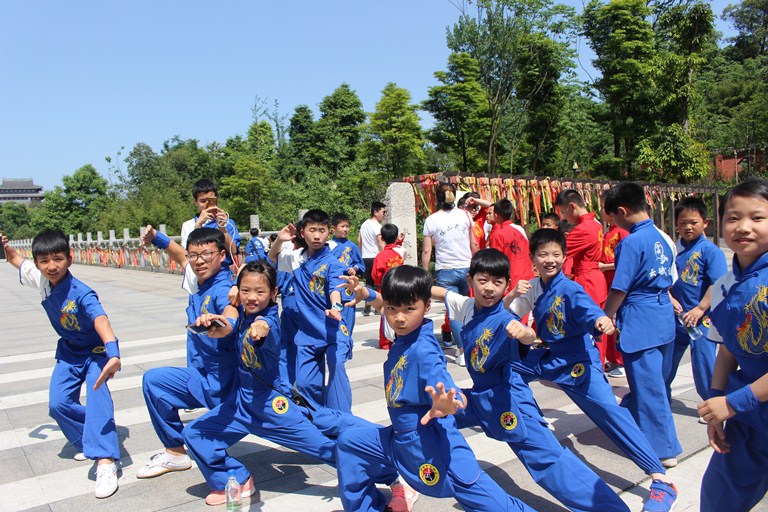
Celebrations
China is a land of festivals and celebrations. Whether it is a simple Chinese national holiday or the grand spring festival, people of China get excited. Traditional festivals like the spring festival, Lantern festival, mid- autumn festival, Dragon boat festival etc., will introduce you to the real life in China. Each festival has its own historical significance and attendant customs. These festivals reflect the long-lasting culture and tradition of Chinese society. It is during festivals that families reunite, make festival delicacies, decorate their houses, buy new things and celebrate together. They also follow various festival customs and rituals such as giving red packets (红包) to the younger members in a family during The Chinese New Year or Spring festival, eating glutinous rice (粽子) during Dragon Boat Festival, offering flowers and prayers to their ancestors during Qingming Festival and so on.
The Chinese New Year or spring festival is the most important festival of China. The whole nation goes for a long holiday to celebrate this festival together with their families. Spring mobilization (春运) is the term given to masses of Chinese traveling back to their homeland to visit their families.
Many tourist spots are overcrowded during festival holidays. The festival season also boosts up market sales. Shops give discounts. Festivals rejuvenate the Chinese people.
(Shikha Pandey is Assistant Professor of Chinese in Mumbai University, India. The featured phtograph is by her)


























































